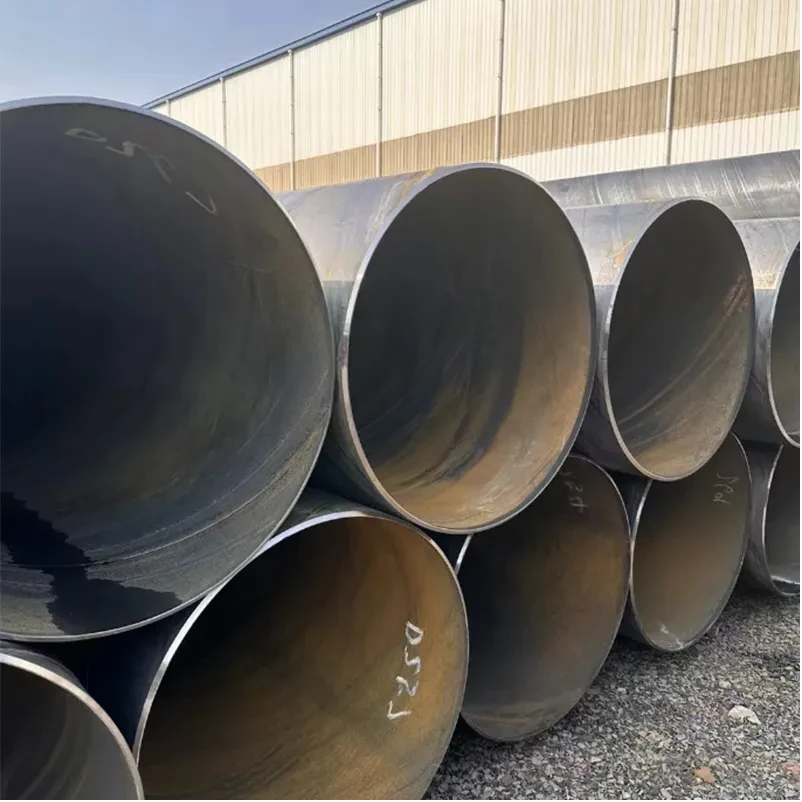-
Cangzhou Yulong Steel Co., Ltd.
-
Phone:
+86 13303177267 -
Email:
admin@ylsteelfittings.com
- English
- Arabic
- Italian
- Spanish
- Portuguese
- German
- kazakh
- Persian
- Greek
- French
- Russian
- Polish
- Thai
- Indonesian
- Vietnamese
- Zulu
- Korean
- Uzbek
- Hindi
- Serbian
- Malay
- Ukrainian
- Gujarati
- Haitian Creole
- hausa
- hawaiian
- Hebrew
- Miao
- Hungarian
- Icelandic
- igbo
- irish
- Japanese
- Javanese
- Kannada
- Khmer
- Rwandese
- Afrikaans
- Albanian
- Amharic
- Armenian
- Azerbaijani
- Basque
- Belarusian
- Bengali
- Bosnian
- Bulgarian
- Catalan
- Cebuano
- China
- China (Taiwan)
- Corsican
- Croatian
- Czech
- Danish
- Esperanto
- Estonian
- Finnish
- Frisian
- Galician
- Georgian
- Kurdish
- Kyrgyz
- Lao
- Latin
- Latvian
- Lithuanian
- Luxembourgish
- Macedonian
- Malgashi
- Malayalam
- Maltese
- Maori
- Marathi
- Mongolian
- Myanmar
- Nepali
- Norwegian
- Norwegian
- Occitan
- Pashto
- Dutch
- Punjabi
- Romanian
- Samoan
- Scottish Gaelic
- Sesotho
- Shona
- Sindhi
- Sinhala
- Slovak
- Slovenian
- Somali
- Sundanese
- Swahili
- Swedish
- Tagalog
- Tajik
- Tamil
- Tatar
- Telugu
- Turkish
- Turkmen
- Urdu
- Uighur
- Welsh
- Bantu
- Yiddish
- Yoruba

Dec . 19, 2024 19:31 Back to list
blind flange flat face
Understanding Blind Flange Flat Face An Overview
In the world of piping and plumbing systems, there are numerous components that play critical roles in ensuring the functionality, safety, and efficiency of the system. One such component is the blind flange flat face. Understanding its definition, application, and advantages is essential for engineers, designers, and anyone involved in piping fabrication and installation.
What is a Blind Flange?
A blind flange is a type of flange that is used to seal the end of a piping system. Unlike other flanges that have openings for connecting pipes, a blind flange completely covers the pipe and prevents the passage of fluids. This makes it an important component in areas where a temporary or permanent closure is needed, such as at the end of a pipeline, in a vessel where a connection is not required, or during maintenance work when a line needs to be isolated.
The Flat Face Design
The term flat face refers to the design of the flange surface. In a flat face blind flange, the flange surface is flat and parallel to the bolting plane. This design contrasts with raised face flanges, which have a raised portion around the bore. The flat face design is typically used in low-pressure applications and is compatible with flat faced gaskets, which can provide a uniform sealing surface helping to minimize gasketing issues.
Applications in Industry
Blind flange flat faces are commonly used across various industries, including oil and gas, chemical processing, water treatment, and HVAC systems. Their primary application is to close off the end of a pipeline or to serve as a connection point for potential future extensions. They are particularly useful in applications where space is limited, and a compact sealing solution is essential.
In oil and gas, for example, blind flanges can be found in tanks where additional piping may be needed in the future. In these cases, the blind flange allows for easy access without the need to disassemble existing structures. In water treatment facilities, blind flanges may serve as inspection points that can be opened only when necessary.
blind flange flat face

Advantages of Blind Flange Flat Face
1. Cost-Effective Since blind flanges do not require additional fittings and can be installed directly, they offer a cost-effective solution for closing ends of pipes.
2. Flexibility The design allows for easy modification and future expansion of piping systems. If a connection is needed later, removing the blind flange is straightforward.
3. Easy to Install The installation of blind flanges is generally simpler than other flange types, requiring less time and fewer tools, which is crucial in maintaining project timelines.
4. Less Material Stress Because the flat face design does not exert significant force on adjacent components, it reduces the amount of stress on piping systems, helping prevent failures.
5. Better Gasket Support Flat faced designs provide a more even surface for gaskets, promoting better sealing performance, particularly in lower pressure environments.
Conclusion
Blind flange flat faces are essential components in numerous industrial pipelines and systems. Their ability to effectively seal pipeline ends while providing flexibility for future modifications makes them a popular choice among engineers and contractors. As industries evolve and the demand for versatile piping solutions increases, understanding the functionality and benefits of blind flanges will remain crucial for effective system design and maintenance.
Latest news
-
ANSI 150P SS304 SO FLANGE
NewsFeb.14,2025
-
ASTM A333GR6 STEEL PIPE
NewsJan.20,2025
-
ANSI B16.5 WELDING NECK FLANGE
NewsJan.15,2026
-
ANSI B16.5 SLIP-ON FLANGE
NewsApr.19,2024
-
SABS 1123 FLANGE
NewsJan.15,2025
-
DIN86044 PLATE FLANGE
NewsApr.19,2024
-
DIN2527 BLIND FLANGE
NewsApr.12,2024
-
JIS B2311 Butt-Welding Fittings LR/SR 45°/90° /180°Seamless/Weld
NewsApr.23,2024











